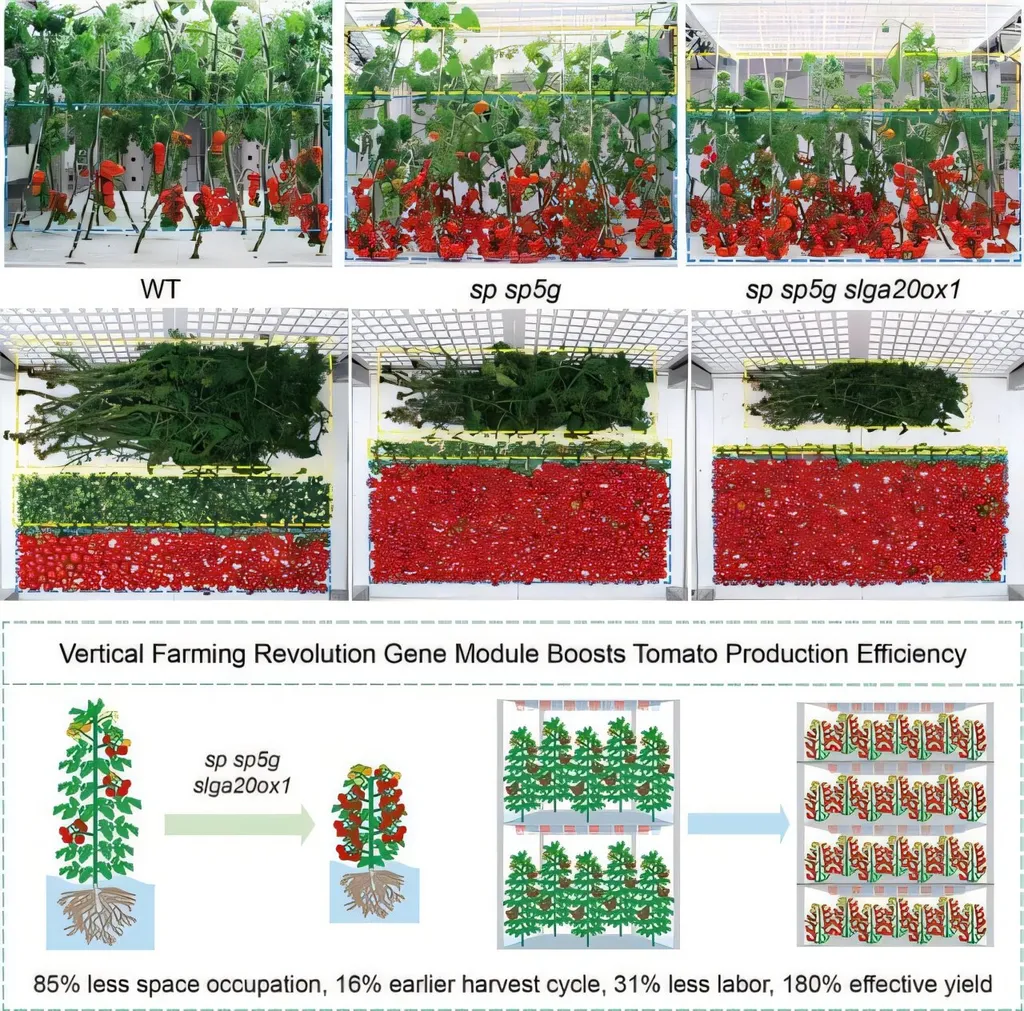In the heart of India, researchers at the Vellore Institute of Technology are cultivating a revolution in smart farming. Akshit Saxena, a lead author from the School of Electronics Engineering, and his team have developed an IoT-based smart greenhouse platform tailored for tomato farming, integrating environmental sensing and deep learning. This innovation, published in the journal ‘Scientific Reports’ (translated to English as ‘Scientific Reports’), could reshape precision agriculture and energy management in farming.
The system employs ESP32-based wireless sensors to collect real-time data on soil moisture, temperature, and humidity. This data is transmitted to a cloud dashboard (ThingsBoard) for remote monitoring, enabling farmers to make informed decisions from anywhere. “Our goal was to create a system that not only monitors but also understands the environment of the greenhouse,” Saxena explains. The platform uses a Raspberry Pi equipped with a Pi Camera and a YOLOv8 model to classify tomato ripeness stages—green, half-ripened, and fully ripened—using real greenhouse images.
Model optimizations, including quantization, pruning, and TensorRT, improved inference speed by 35% while maintaining 52.8% classification accuracy during the initial stage of the project. Energy profiling revealed daily consumption of 8.91 Wh for the ESP32 sensors and 78 Wh for the Raspberry Pi. “We aimed for a balance between performance and energy efficiency,” Saxena notes. This prototype demonstrates real-time monitoring, high model precision, and practical energy insights, paving the way for multi-node scalability and edge AI enhancements.
The implications for the energy sector are significant. As farming becomes more data-driven, the need for efficient energy management grows. This system could reduce energy waste by optimizing irrigation and ventilation systems, leading to cost savings and environmental benefits. “Our research is a step towards sustainable agriculture,” Saxena says. Future work will explore incorporating Edge TPU for faster on-device processing, LoRa for low-power, long-distance data transfer, and automated control of irrigation and ventilation systems to realize a fully autonomous smart greenhouse.
This innovative approach to smart farming could shape the future of precision agriculture, offering a blueprint for other crops and regions. As the world grapples with climate change and food security, such technologies become increasingly vital. The research published in ‘Scientific Reports’ not only advances the field of agritech but also highlights the potential for energy-efficient solutions in agriculture.

